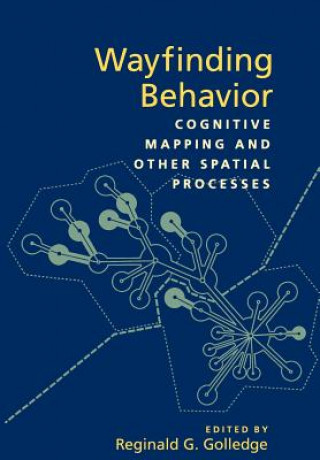
Kód: 04708804
Wayfinding Behavior
Autor Reginald G. Golledge
The metaphor of a "cognitive map"has attracted wide interest since it was first proposed in the late 1940s. Researchers from fields as diverse as psychology, geography, and urban planning have explored how humans process and use s ... celý popis
- Jazyk:
 Angličtina
Angličtina - Vazba: Pevná
- Počet stran: 448
Nakladatelství: Johns Hopkins University Press, 1999
- Více informací o knize

Mohlo by se vám také líbit
-

Wayshowing - Wayfinding
1371 Kč -

Rusty Brown
706 Kč -

Future Was Here
1179 Kč -

Chinook and Chanterelle
539 Kč -

Wayfinding
1834 Kč -

29 Missing
511 Kč -

Game Is Up - New Testament (book 4)
312 Kč -

Financial History Of The United States (1902)
1259 Kč -

Through a Reporter's Eyes
1665 Kč -

See Inside Weather and Climate
323 Kč -

Temporal & Eternal
334 Kč -

Imagining The Elephant: A Biography Of Allan Macleod Cormack
3733 Kč -

Twentieth-Century Literary Criticism
18673 Kč -

Studies in Contemporary Jewry: XI: Values, Interests, and Identity
1799 Kč
Darujte tuto knihu ještě dnes
- Objednejte knihu a zvolte Zaslat jako dárek.
- Obratem obdržíte darovací poukaz na knihu, který můžete ihned předat obdarovanému.
- Knihu zašleme na adresu obdarovaného, o nic se nestaráte.
Více informací o knize Wayfinding Behavior
Nákupem získáte 333 bodů
 Anotace knihy
Anotace knihy
The metaphor of a "cognitive map"has attracted wide interest since it was first proposed in the late 1940s. Researchers from fields as diverse as psychology, geography, and urban planning have explored how humans process and use spatial information, often with the view of explaining why people make wayfinding errors or what makes one person a better navigator than another. Cognitive psychologists have broken navigation down into its component steps and shown it to be an interplay of neurocognitive functions, such as "spatial updating"and "reference frames"or "perception-action couplings."But there has also been an intense debate among biologists over whether animals have cognitive maps or have other forms of internal spatial representations that allow them to behave as if they did. Yet until now, little has been done to relate research on human and non-human subjects in this area. In Wayfinding Behavior: Cognitive Mapping and Other Spatial Processes Reginald Golledge brings together a distinguished group of scholars to offer a unique and comprehensive survey of current research in these diverse fields. Among the common themes they discover is the psychologists' "black box"approach, in which the internal mechanisms of spatial perception and route planning are modeled or constructed, like metaphors, based on the behavioral evidence. Cognitive neuroscientists, on the other hand, have attempted to discover the neurocognitive basis for spatial behavior. (They have shown, for example, that damage in the hippocampus system invariably impairs the ability of animals and humans to learn about, remember, and navigate through environments, and studies in humans show that neurons in this system code for location, direction, and distance, thereby providing the elements needed for a mapping system.) Artificial intelligence and robotics theorists attempt to construct intelligent mapping systems using computer technology. In these areas, there is growing evidence that, as in human wayfinding processes, useful representations cannot be achieved without sacrificing completeness and precision. Wayfinding Behavior: Cognitive Mapping and Other Spatial Processes offers not only state-of-the-art knowledge about "wayfinding, "but also represents a point of departure for future interdisciplinary studies. "The more we know," concludes volume editor Reginald Golledge, "about how humans or other species can navigate, wayfind, sense, record and use spatial information, the more effective will be the building of future guidance systems, and the more natural it will be for human beings to understand and control those systems."
 Parametry knihy
Parametry knihy
Zařazení knihy Knihy v angličtině Society & social sciences Psychology Cognition & cognitive psychology
3328 Kč
- Plný název: Wayfinding Behavior
- Podnázev: Cognitive Mapping and Other Spatial Processes
- Autor: Reginald G. Golledge
- Jazyk:
 Angličtina
Angličtina - Vazba: Pevná
- Počet stran: 448
- EAN: 9780801859939
- ISBN: 080185993X
- ID: 04708804
- Nakladatelství: Johns Hopkins University Press
- Hmotnost: 874 g
- Rozměry: 236 × 156 × 34 mm
- Datum vydání: 11. March 1999
Oblíbené z jiného soudku
-

Thinking, Fast and Slow
313 Kč -

Thinking, Fast and Slow
435 Kč -

How Emotions Are Made
323 Kč -

The Paradox of Choice
329 Kč -

Five Minds for the Future
578 Kč -

Frames of Mind
518 Kč -

The Art of Thinking Clearly
225 Kč -

250 Brief, Creative & Practical Art Therapy Techniques250 Brief, Creative & Practical Art Therapy Techniques
754 Kč -

Multiple Intelligences
561 Kč -
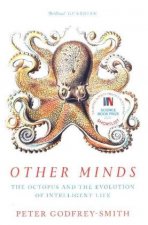
Other Minds
323 Kč -
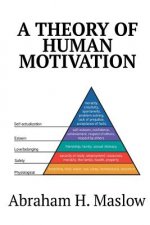
Theory of Human Motivation
179 Kč -

Hare Brain, Tortoise Mind
429 Kč -

Gödel, Escher, Bach
518 Kč -

The Memory Illusion
323 Kč -

Where Good Ideas Come From
302 Kč -

Present Moment in Psychotherapy and Everyday Life
1264 Kč -

Courage to Create
322 Kč -

MINDWARE: TOOLS FOR SMART THINKING
381 Kč -

Chaos, Creativity, and Cosmic Consciousness
454 Kč -

Love & Will
424 Kč -

Thinking and Reasoning: A Very Short Introduction
268 Kč -

White Bears and Other Unwanted Thoughts
568 Kč -

Genius Frequency
576 Kč -

Mind in Motion
827 Kč -

Willpower
302 Kč -

Enigma of Reason
302 Kč -

WHY WE LOVE
523 Kč -
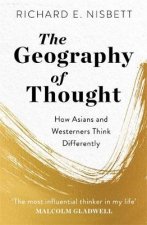
Geography of Thought
302 Kč -

Getting Started with EEG Neurofeedback
1146 Kč -
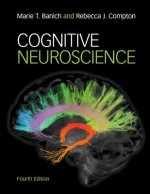
Cognitive Neuroscience
1751 Kč -

Eyewitness Testimony
1193 Kč -

World of Perception
573 Kč -

Trauma and Memory
462 Kč -

Risk Savvy
323 Kč -

How We Learn
433 Kč -

Patient H.M.
302 Kč -

Visual Thinking
498 Kč -
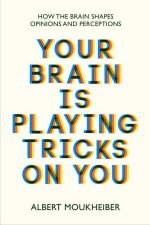
Your Brain Is Playing Tricks On You
276 Kč -

Biggest Bluff
323 Kč -
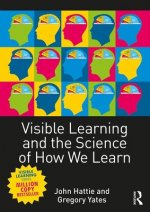
Visible Learning and the Science of How We Learn
1230 Kč -

Face Value
910 Kč -

Power of Mindful Learning
401 Kč -

Wednesday Is Indigo Blue
1033 Kč -

Handbook of Color Psychology
1779 Kč -

Searching For Memory
842 Kč -

Natural History of Human Thinking
577 Kč -

Medieval Craft of Memory
868 Kč -

Oxford Handbook of Suicide and Self-Injury
1605 Kč -

Noise
723 Kč
Osobní odběr Praha, Brno a 12903 dalších
Copyright ©2008-24 nejlevnejsi-knihy.cz Všechna práva vyhrazenaSoukromíCookies



 Vrácení do měsíce
Vrácení do měsíce 571 999 099 (8-15.30h)
571 999 099 (8-15.30h)